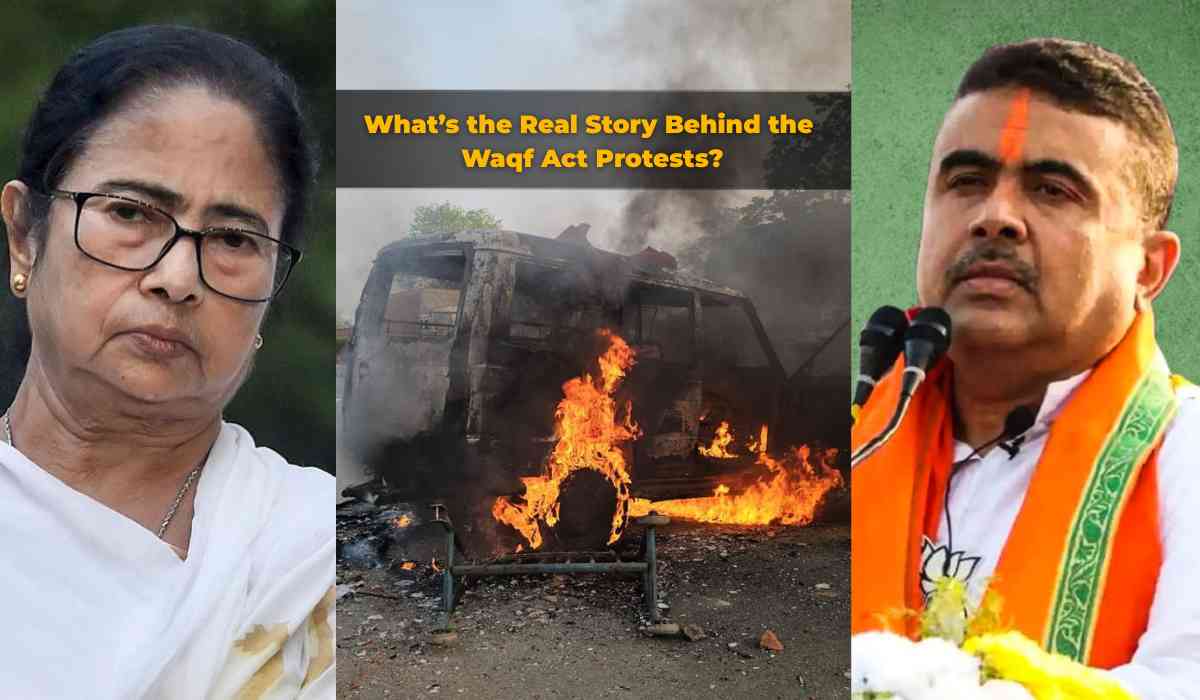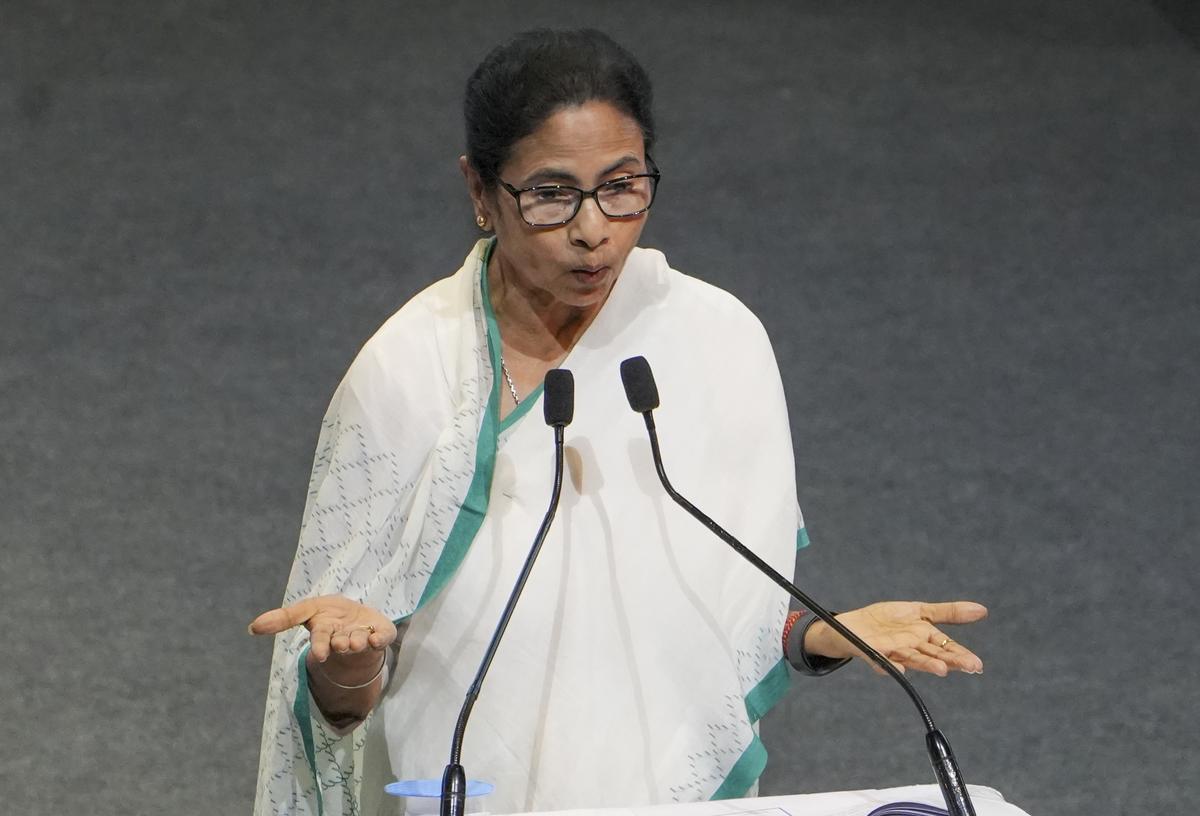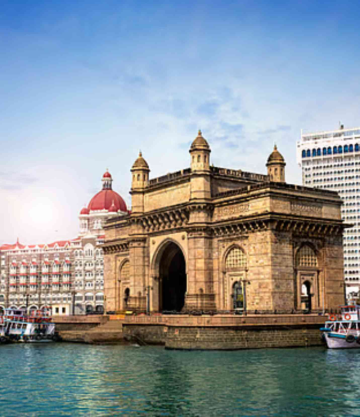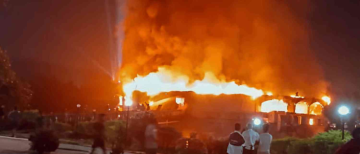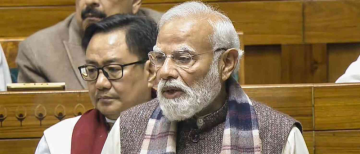The recent violence in West Bengal’s Murshidabad district has left three dead, dozens injured, and hundreds displaced, sparking political accusations and questions about its origins. At the center of the storm is Chief Minister Mamata Banerjee, who claims the clashes were “pre-planned,” while opposition parties blame her administration for failing to maintain law and order.

What Happened in Murshidabad?
Violence erupted between April 8 and 13, 2025, during protests against the Waqf (Amendment) Act, a central law that critics argue threatens religious property rights. Demonstrations began peacefully but turned violent in areas like Dhulian, Suti, and Jangipur. Protesters blocked highways, burned police vehicles, attacked a local MP’s office, and disrupted train services.
The clashes claimed three lives:
-
Hargobind Das and his son Chandan Das, killed by a mob that stormed their home.
-
Izaz Ahmed Sheikh, a 17-year-old who died from bullet injuries.
Over 200 people were arrested, and 1,093 social media accounts were blocked to curb rumors. Nearly 400 residents fled to neighboring Malda district, fearing further violence.
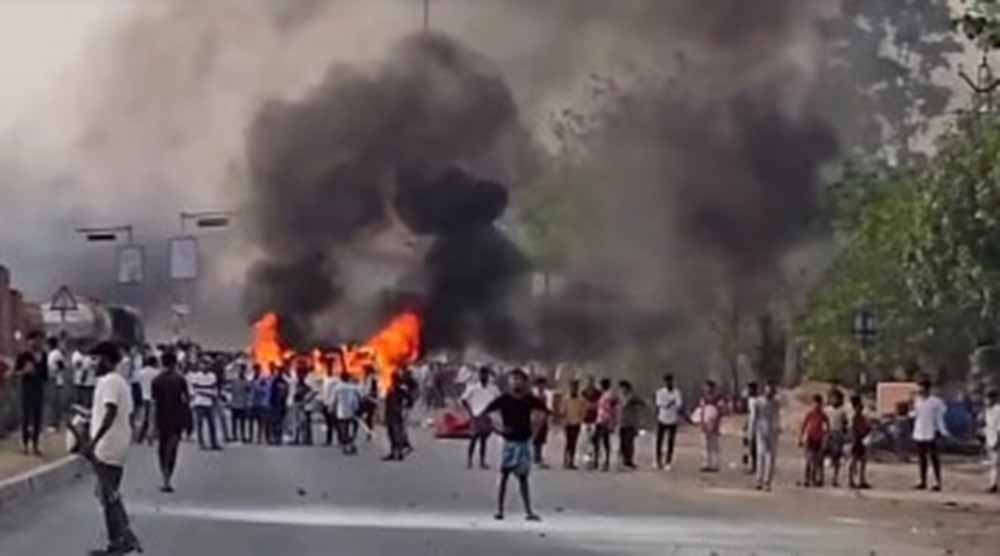
Mamata Banerjee’s Allegations
CM Banerjee called the violence “pre-planned communal riots” and accused the BJP-led central government of orchestrating the unrest. She questioned how “outsiders” entered the state, suggesting the Border Security Force (BSF) failed to secure the Bangladesh border.
Key Points from Banerjee’s Statements:
-
BSF’s Role: “If elements from Bangladesh are involved, why didn’t the BSF stop them? They report to the central government, not Bengal”.
-
Political Motive: “The BJP wanted riots during Ram Navami but failed. Now they’re using the Waqf law to divide people”.
-
TMC’s Opposition: “We fought the Waqf Act in Parliament. Why would we support violence?”.

The BJP’s Counterclaims
The BJP has blamed the Trinamool Congress (TMC) for the violence, alleging poor governance and appeasement politics. Party leaders demanded central intervention, leading to the deployment of 900 paramilitary personnel.
Underlying Tensions: The Waqf Act
The Waqf (Amendment) Act, 2025, aims to revise rules governing Islamic charitable properties. Protesters fear it could lead to government overreach in managing religious institutions. Social media played a key role in mobilizing crowds, with fake posts inflaming tensions.
While Banerjee’s allegations highlight legitimate concerns about border security and political rivalry, the state government’s delayed response raises questions. The formation of a Special Investigation Team (SIT) and arrests of 200+ individuals indicate efforts to restore order. However, the violence underscores deeper issues:
-
Social Media’s Role: Rumors on WhatsApp and fake accounts escalated tensions.
-
Communal Sensitivity: The Waqf Act protests tapped into fears about religious autonomy, requiring careful dialogue.
-
Political Blame Game: Both the TMC and BJP risk exploiting the crisis for electoral gains.
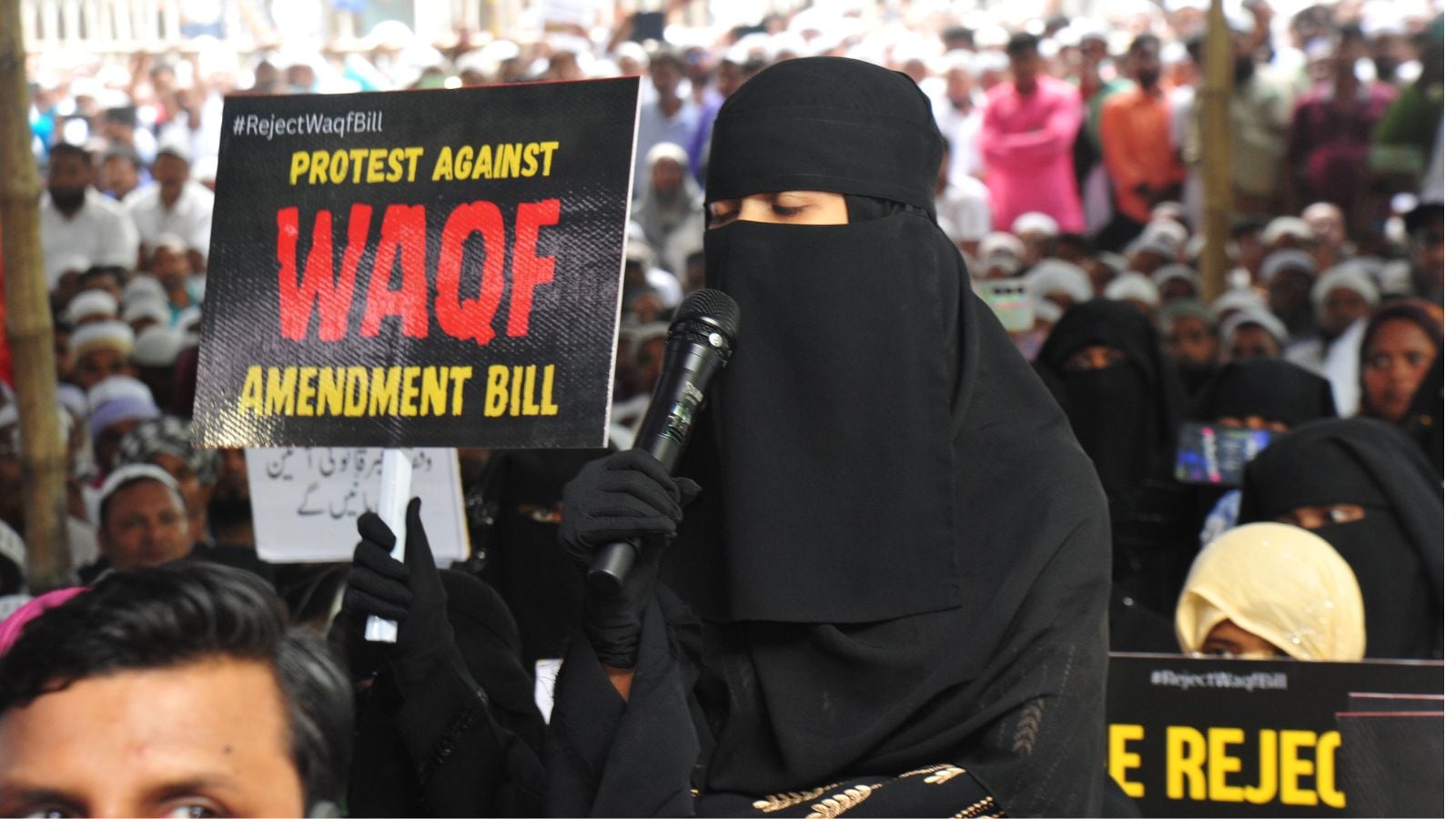
What’s Next?
The SIT’s findings and the NCW’s probe will determine accountability. Meanwhile, restoring trust between communities and ensuring transparent investigations are critical. For Bengal, balancing security with civil liberties remains a tightrope walk.
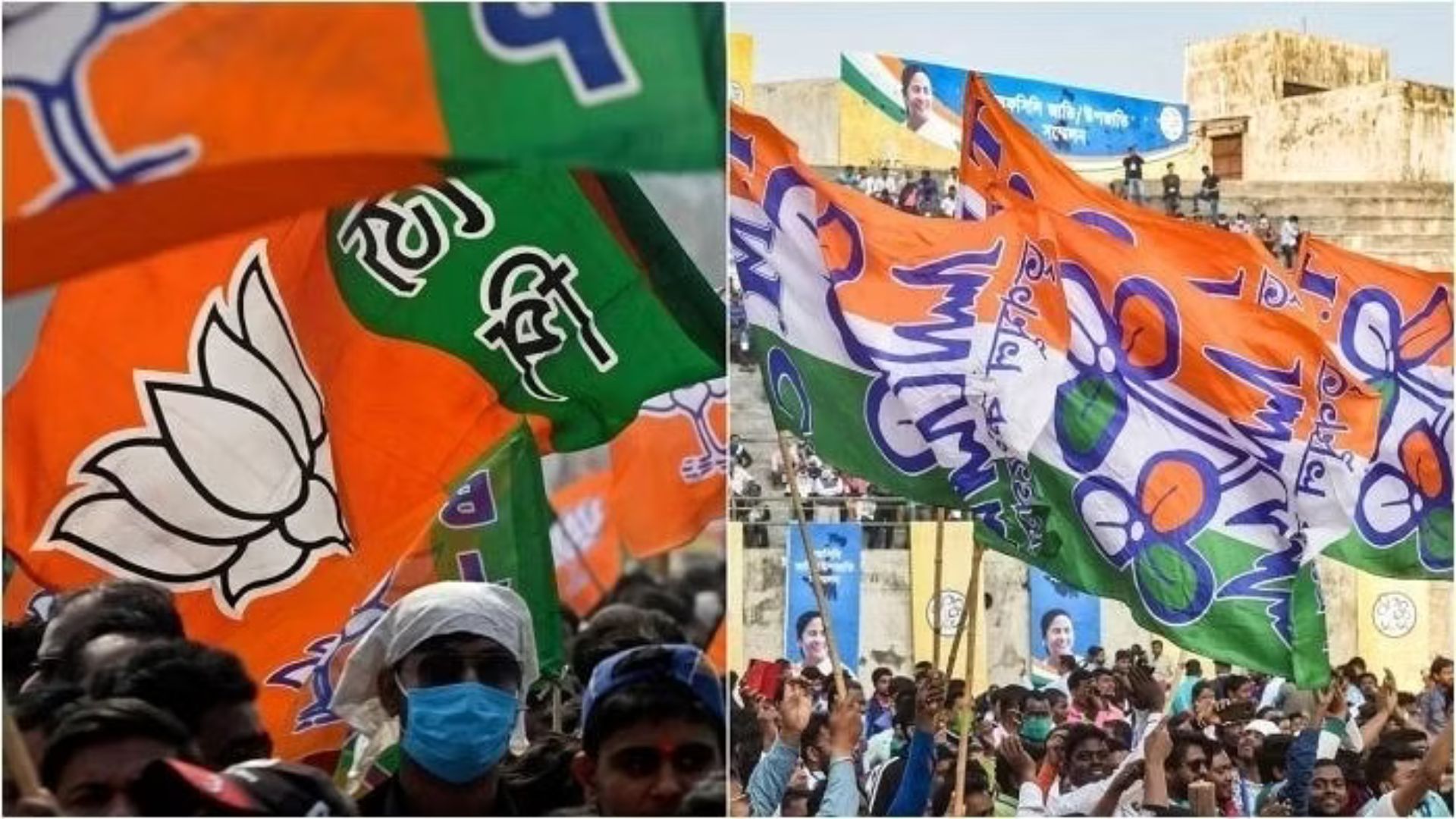
In Simple Terms
Imagine two neighbors blaming each other for a fight, but the real problem is a misunderstanding. The Waqf Act protests were like that misunderstanding. Some people got angry, rumors spread, and things turned violent. Now, leaders need to focus on fixing the problem instead of arguing.
With inputs from agencies
Image Source: Multiple agencies
© Copyright 2025. All Rights Reserved Powered by Vygr Media.

